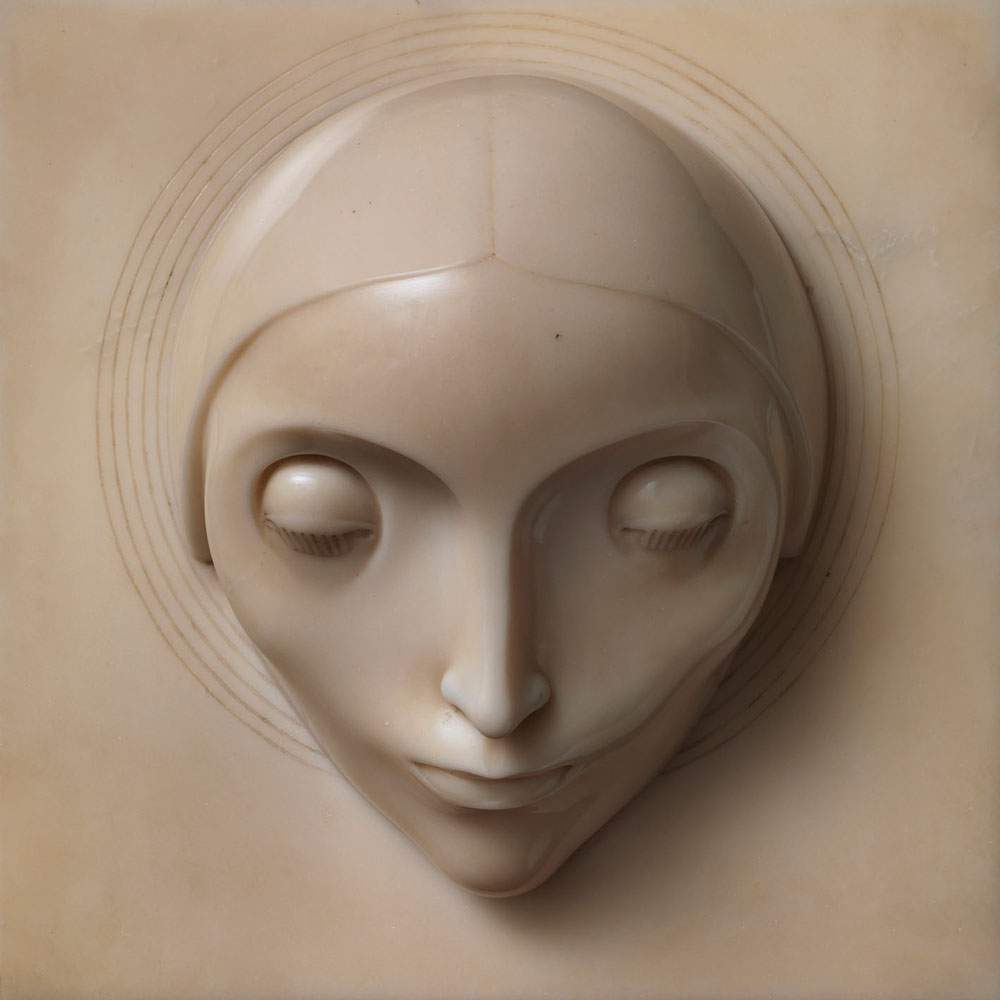Two prestigious collections in dialogue between masterpieces from Modigliani to Fontana to Wildt
From October 17, 2020 to April 5, 2021, the Villa Bassi Rathgeb Museum in Abano Terme hosts the exhibition 6/900 From Magnasco to Fontana. Dialogue between Collections, curated by Virginia Baradel and Mariella Gnani.
The exhibition aims to “enter with the pace of the amateur” into the Rossi Rathgeb and Merlini collections. The former was donated by Roberto Bassi Rathgeb to the City of Abano Terme, to which he was attached. An eclectic collection with works particularly from the period between the 17th and 19th centuries from Lombardy and Bergamo, it also features sculptures and archaeological finds, silverware, furniture and furnishings.
Giuseppe Merlini’s contemporary art collection, which has numerous works to lend themselves to establishing dialogues and unprecedented correspondences with works and places from other eras.
Despite their obvious diversity, the two collections were nonetheless both made up of works dictated by the collector’s personal taste and by the relationships of esteem and, often, friendship entertained with the artists. "Having as a valuable and demanding interlocutor a villa of sixteenth-century layout, remodeled and decorated in several periods, with noble spaces and remarkable frescoes, we thought of composing an itinerary interwoven with the works belonging to the two collections that allows a journey through the variety of expressions of contemporary art provoked also by the historical works," said the curators.
The exhibition itinerary is divided into three sections inspired by three themes: portrait, still life and landscape.
Portrait focuses on the theme of the figure, the detail extended in contemporary art to the figure tout court. Cesare Tallone ’s Portrait of a Lady will be in dialogue with Renato Birolli ’s 1947 decomposition of Woman and Moon and Enrico Baj ’s 1964 La moglie di Picasso. The model in Achille Funi ’s Lo studio of 1942 shows how the echo of the return to order had recomposed the assumption of classicism. Modigliani’s sublime enchantment, in the drawing in the Merlini collection, tells of another aspect of classicism: the fascination with the linear purism of primitive sculpture.
The male portrait finds in Moretto ’s sixteenth-century style a plastic social identity, pride of stamp and prestige, characteristics that in the twentieth century would result in the man “without qualities,” such as De Chirico’s little men lost in a Piazza d’Italia, or Sironi ’s postwar compositions, or Ferroni’s Baconaian man.
Still Life allows us to go into the chromatic and compositional values of painting: starting with the still lifes of Baschenis and Van Beyeren in the Villa Bassi collection, and continuing in works by Soffici, Severini, Tozzi, Melotti, Guttuso, Pirandello, Dorazio, Romiti, and Parmiggiani; moving from the vigor of Cubist ascendancy of Severini to the coloristic exuberance of Guttuso, to the abstract that proceeds by geometric lines and flat color scores.
Starting then with a series of landscapes from the Aponese museum’s collection from the seventeenth to the nineteenth century, particularly those by Magnasco and Marini, Porta, and Ronzoni, a deconstruction and mutation of forms is presented.
From Tosi and de Pisis will lead to Morlotti and Mandelli on the one hand, Rho and Radice on the other to the ethereal suggestions of Valentino Vago and Claudio Olivieri and the space of Fontana, Bonalumi, and Castellani.
Also on display are small sculptures by Wildt, Fontana, Ontani and Casorati ’s terracotta Head from 1919.
In addition, two focuses will be devoted to two nuclei of the Merlini Collection: one monographic dedicated to Gianfranco Ferroni, the other to contemporary sculpture.
For info: www.museovillabassiabano.it
Image: Adolfo Wildt, The Conception (1921; marble, 26.5 x 27 cm)
 |
| Two prestigious collections in dialogue between masterpieces from Modigliani to Fontana to Wildt |
Warning: the translation into English of the original Italian article was created using automatic tools. We undertake to review all articles, but we do not guarantee the total absence of inaccuracies in the translation due to the program. You can find the original by clicking on the ITA button. If you find any mistake,please contact us.




























